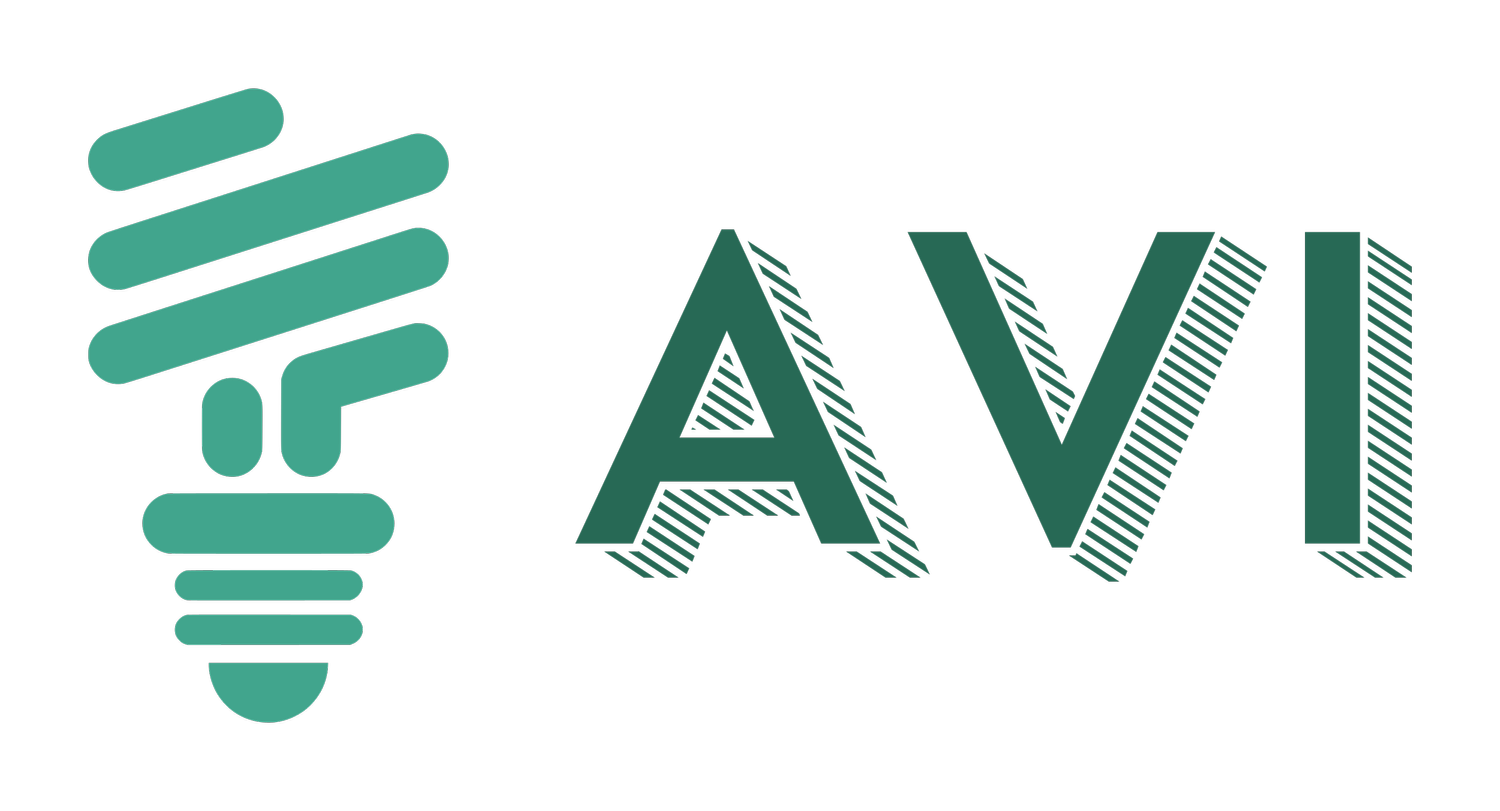What the Hell’s an NFT?
NFT’s are commonplace in the world of blockchains and cryptocurrency. Though after spending so long here, it can be easy to forget that everything in this space is still a somewhat niche topic. Admittedly, there are times where I forget that not everybody outside of the tech industry knows who Coinbase is. (Side note: I’m learning that tech is a self-isolating industry).
Today, I want to go over what these newfangled NFT’s are, as well as some of the current and potential applications that are possible through NFT’s
What are they?
Short answer? Apparently cryptocurrency.
NFT is short for Non-Fungible Token. It’s a piece of data whose ownership is tracked by a program running on a blockchain.
What does it mean to be “non-fungible”? Consider a dollar bill: its appearance, value, and function is identical to every other dollar bill in circulation. As such, dollar bills can be considered “fungible”. In contrast: a house, a patent, or piece of artwork serve very specific purposes and are generally unique and irreplaceable. These items are considered “non-fungible”.
In this case, NFT’s are considered to be cryptographically unique, hence the non-fungible label.
NFT’s are stored like any other blockchain asset: on a cryptographic wallet tied to a specific public key. And they can be linked to any type of digital content: images, music, etc.
Artwork
NFT’s are still in their infancy, but lately they’ve become popular as a way of buying and selling digital artwork.
Consider the Mona Lisa. Thousands of copies of it are made and distributed around the world. But the original is the only one that’s worth hundreds of millions. Why is that? In short, because it’s the original. It’s carries the history and the artist in a way that no other copy does. In a similar way, NFT’s can be mathematically traced to their artist. The underlying artwork might be copied or even sold as clone NFT’s, but they won’t have the same sense of lineage as the original.
The content represented by an NFT can be viewed by anyone on the blockchain over the internet. But only the wallet with the token can claim ownership of it. In a sense, an NFT serves as “digital bragging rights” over the original.
Property
NFT’s are a way of publicly encoding ownership. Currently that's limited to digital assets, but there’s no reason that can’t be extended to physical property. The use case still in its infancy, but there’s certainly a world in which NFT’s can be used to represent titles to assets such as cars and houses.
Imagine being able to buy your first home using nothing but Bitcoin. Opacity and the illiquidity are two notable headaches of the current housing market. If the whole purchase can be completed on the blockchain, then the bidding could be done more transparently, since all programs on a blockchain are publicly traceable. Also, and less intermediaries are involved in the exchange, so the transaction can happen much more quickly.
And What if the house were equipped with a digital lock? That NFT of the ownership deed could literally function as a key to the house.
Not to mention that NFT’s could be used to represent IP ownership; instead of linking an NFT to an image, it can be linked to a domain name or a patent. I wonder if I should file a patent for this idea, and then mint that as an NFT.
Getting started
How do you get your own NFT’s? It’s becoming increasingly easier as the concept becomes more mainstream. Here’s a quick step-by-step guide
Download a custodial wallet app and create a crypto wallet. Coinbase Wallet and Metamask are good options for this. A lot of NFT’s are built on the Ethereum blockchain, so you will also need to load your wallet with Ethereum in order to purchase NFT’s.
Go to OpenSea; this is one of the most prominent NFT marketplaces. There will be a location on the website for link your wallet
Search for and purchase NFT’s. The Explore options on OpenSea allow you to search through and place offers on any of thousands of NFT’s. More details can be found here.
In short, NFT’s are still relatively new, but there’s a lot of potential for them to transform the way we think about ownership and private property.
